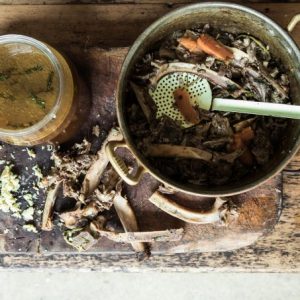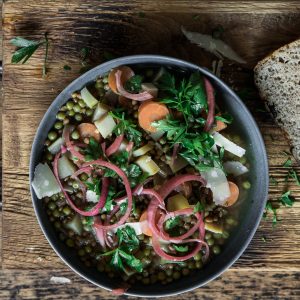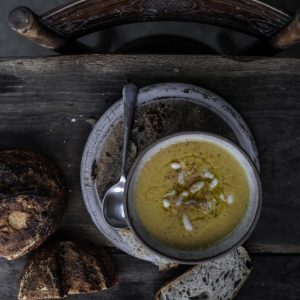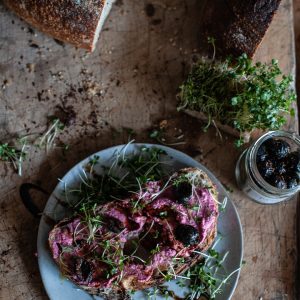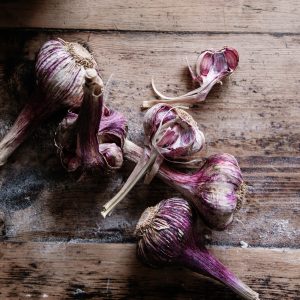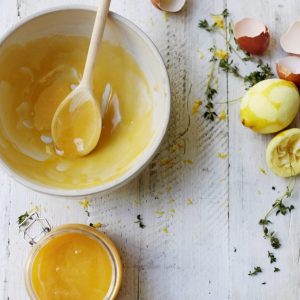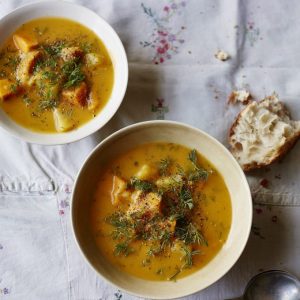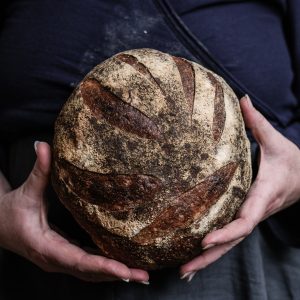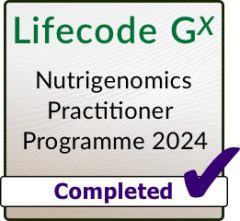How to Eat Bread
A holistic approach to eating and living, emphasising health, connection, environmental consciousness, and empowerment in the approach to how we eat bread.
When it comes to nourishing your gut, baking is only half the story – the other half is how we how we eat the bread we create. Teaching bread making over the years has meant I have fed hundreds to students. I had a natural innate approach to eating a Mediterranean diet.
One of the things I noticed about the approach of the people that live the longest is that they make time to sit down and share a moment each day and eat together. The food at the table connected every aspect of the system they lived in. The local traditions, the season, and the relationships that hold us together. I noticed that there was an approach that aligned with the principles of living in harmony, with the environment around us and our internal microbial environment and so in a lesson long log ago I described this approach as being more than the Mediterranean diet and referred to it as a symbiotic way of eating. This term stuck because "symbiotic" perfectly encapsulates this interconnectedness: a mutual relationship between you, your gut, and the environment, and encourages you to cultivate relationships with local farmers to learn about regenerative practices and be part of a community.
At its core, symbiotic eating involves baking bread that is deeply nourishing and eating it in a way that supports your gut microbiome. The gut microbiome is central to physical and mental health, and eating bread symbiotically means intentionally creating a relationship with food that encourages microbial diversity in your gut. This diversity is mirrored in the environment, where the ingredients for truly nourishing bread are grown sustainably.
These recipes are balanced in accordance with The BALM Heathy Eating Pyramid and can often be found as tasks within the syllabus , where we suggest that you make them and incorporate this approach into your diets. These recipes are grounded in activism.
The Guiding Principles at the heart of Symbiotic Eating
Eating Symbiotically: A Framework for Nourishment and Connection
These principles are here to guide you as you embrace a more symbiotic approach to eating—one that nurtures your gut, connects you to your food, and aligns with a healthier, more sustainable way of living. By weaving these ideas into your daily meals, you’ll not only support your well-being but also strengthen your connection to the world around you.
- Nourishing: These recipes are designed to provide your gut with everything it needs to thrive—fibre, diversity, fermentation, and probiotics—to support both physical and mental health.
- Affordable: Simple, delightful, and cost-effective recipes make this approach accessible for everyone, helping you prioritise health without stretching your budget.
- Relationship Building: Cooking and sharing meals encourages meaningful connections—with yourself, your family, and the people you love. It’s a reminder that food is about so much more than just eating.
- Empowering: When you cook and eat symbiotically, you’re in control—making thoughtful choices about what you eat, where it comes from, and how it nourishes your body.
- Connecting: Seek out opportunities to meet local farmers, visit markets, and discover the story behind your food. It’s a small act of activism that strengthens community and promotes sustainable practices.
- Built-in Environmentalism: The recipes are rooted in sustainability, using ingredients like legumes and pseudo-grains that promote low-impact farming and support a healthier planet.
- Balancing: Learn to eat in a way that supports your body, starting with fibre and healthy fats to balance blood sugar levels and enhance digestion.
- Hydration: Don’t forget the importance of water—staying hydrated is vital, especially when increasing fibre in your diet.
- Diversity in Ingredients: Explore a wide variety of foods, grains, and legumes to support a healthy gut microbiome and embrace the richness of what’s available to us.
- Seasonality and Locality: Eating with the seasons and choosing local produce ensures your food is fresher, more nutrient-dense, and more aligned with the environment.
- Fermented Foods: Adding live fermented foods like miso, kefir, or pickles complements bread and boosts gut health with probiotics.
- Meal Preparation: Take time to prepare meals with intention, thinking about flavour, texture, and nutrition—it’s as much about the process as the meal itself.
- Gratitude for Food: Pause and appreciate the effort that has gone into every ingredient and meal. This simple act can transform the way you connect with food.
- Sharing Food: Sharing meals with others creates bonds and brings joy to the act of eating. It’s a reminder that food is about community as much as sustenance.
- Probiotic and Polyphenol Pairings: Complement your meals with ingredients like fermented grape juice or vinegars to enhance their nutritional impact.
- Sequence Eating: Eating in the right order—starting with fibre, followed by proteins and healthy fats—can balance blood sugar and improve digestion.
- Portion Awareness: Eat until you’re comfortably full, listening to your body to avoid overeating and support digestion.
- Retrain Your Gut: Gradually introduce fibre-rich ingredients like legumes and pseudo-grains if you’re new to them. This allows your gut microbes to adapt and thrive without discomfort
Read more about the principles of symbiotic eating here
